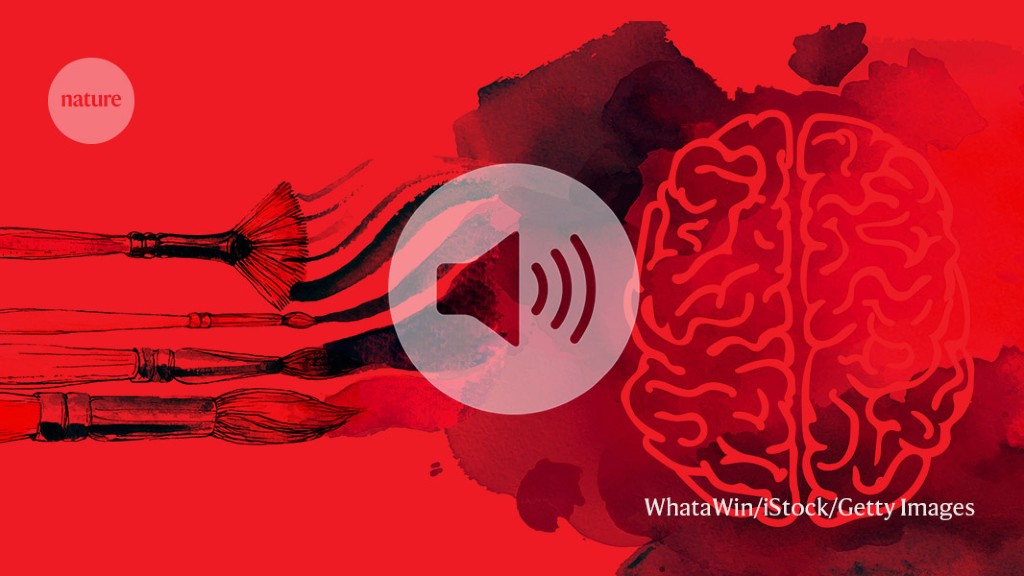
Artist and illustrator Lucy Smith helps botanists to identify new species. Usually they request a set of drawings, she says, with a detailed set of requirements.
But Smith, who joined London’s Royal Botanic Gardens, Kew, more than 20 years ago, says: “We also feed back to the scientists and say, ‘I’ve seen what you’ve asked me to see. But do you know what, I’ve also seen this? Did you know that this flower has this structure.’”
In the second episode of this six-part Working Scientist podcast series about art and science, Smith is joined by other artists with experience of science collaborations. David Ibbett, resident composer at the Harvard and Smithsonian Centre for Astrophysics in Cambridge, Massachusetts, says: “By trying to synthesize these different perspectives on what the science means, we arrive at something new.”
Diana Scarborough, artist-in-residence in bionanotechnolost Ljiljana Fruk’s lab at the University of Cambridge, UK, says that the best collaborations are long term ones, requiring also curiosity and passion. “Looking at their research from a different angle opens up opportunities. If I can make a difference at that point, that will be superb.”
Each episode in this series concludes with a follow-up sponsored slot from the International Science Council (ISC). The ISC is seeking perspectives from science fiction authors on how science can meet societal challenges, ranging from climate change and food security to the disruption caused by artificial intelligence.
